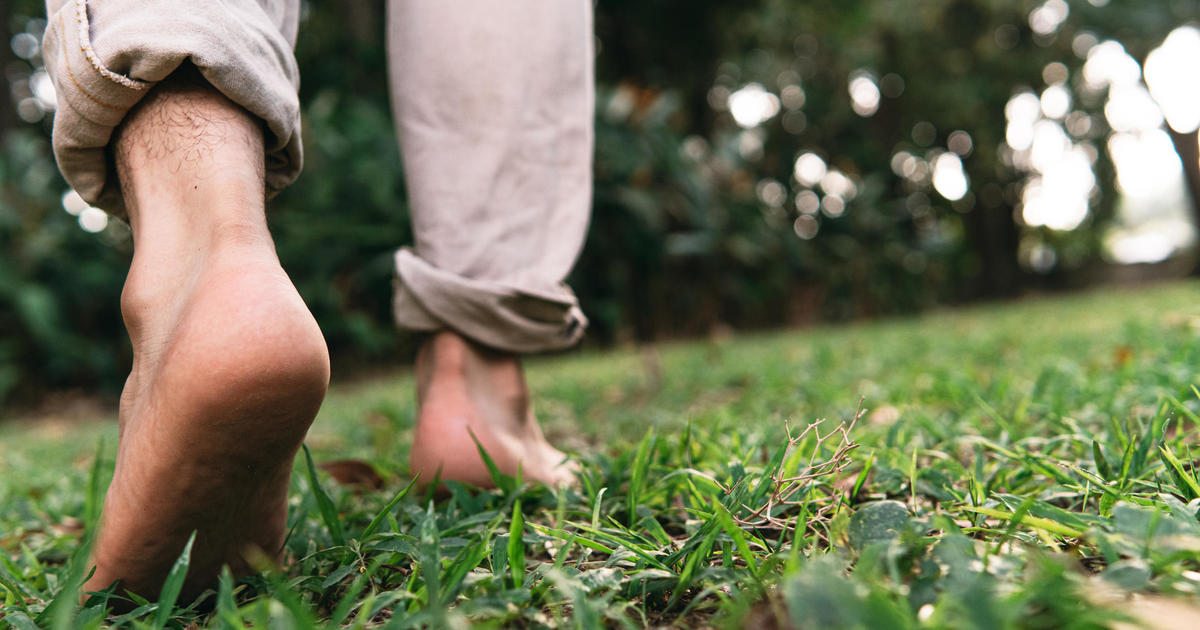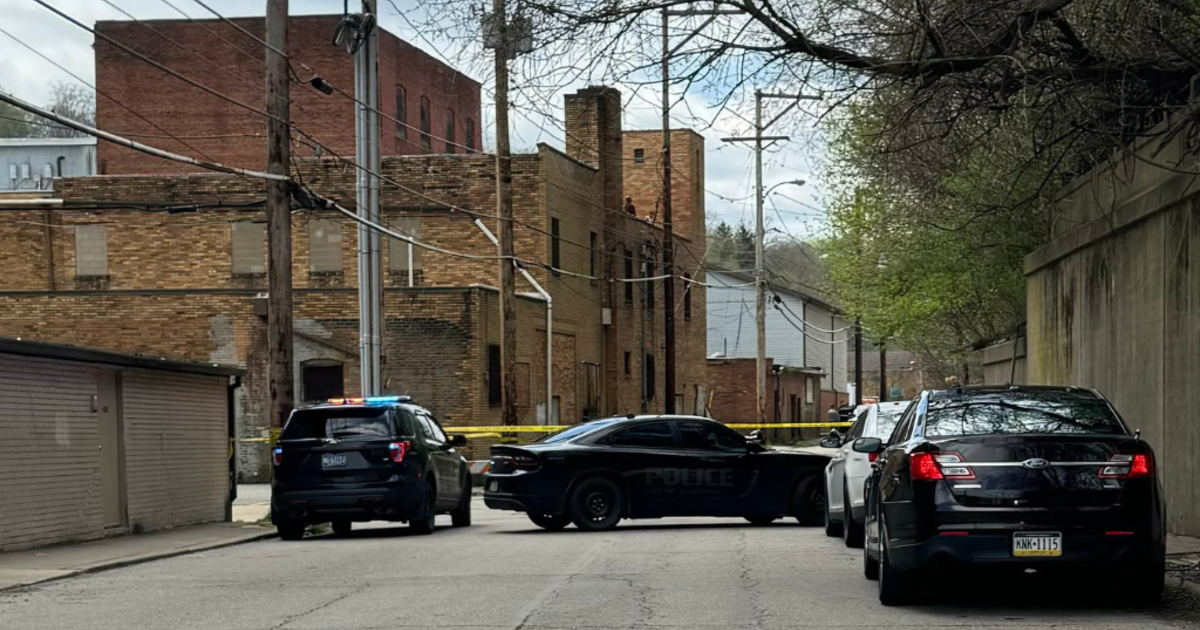Flat Feet More Common Than You Might Think
PITTSBURGH (KDKA) -- "She was on swim team, marching band, always active, rifle team, she did a lot of things," says Maureen Onder about her daughter.
Jessica Onder is your typical active teen. But a basketball injury called attention to her feet.
"I stepped on a rock, and my ankle just kind of sprained and turned inward," Jessica Onder explained.
Turns out, the injury brought out a condition Onder had all along -- flat feet. Something her mother noticed, but didn't quite know what to think of.
"I thought it was something with her leg, or her knees or something, you know, bow legged," Maureen Onder said. "I didn't know what it was, and I never even considered flat foot, 'cause I didn't know anyone who had it."
"Before that, I just always thought I had normal feet," says Jessica.
A flat foot is when the foot does not have the normal arch when a person is standing. This may or may not be painful. It can be inherited, or from weak muscles, or the bones may develop abnormally in childhood.
Flat feet is a problem one orthopedic foot specialist says is more common than you might realize.
"About 30 percent of people have a flat foot," says West Penn Hospital orthopedic foot specialist Dr. Victor Prisk. "For every person who has a flat foot, one in 10 probably has some symptoms from it."
Symptoms, like pain or cramping or spasms in the foot, especially after standing all day.
"You may not be able to walk as fast, you may not be able to run, you may have pain that can limit you from being very active," he says.
Flat feet can lead to problems years later, due to the stress placed on other joints in the leg.
"You can have problems with ankle arthritis that can result from the foot being flat, you can have knee problems, you can end up having stress fractures," he explains.
Most people are treated with shoes inserts, supportive shoes, and in some cases, weight loss.
"Excess body weight just puts a lot of stress on the structures of the foot. I've had patients with severe arthritis in their feet just get better by losing ten pounds," says Dr. Prisk.
In Jessica's case, she needed extensive surgery.
"They reconstructed her whole foot, bones had shifted, she needed tendons taken out of her toes and moved over. a lot of work. It was about a six-and-a-half hour surgery," says her mother.
And it was a three-and-a-half month recovery.
Now she's back to her busy teenage life.
"My ankle is more stable actually," says Jessica. "I honestly don't even notice, besides the scars, obviously."
RELATED LINKS
More From Dr. Maria
More Health News
More Local News
Join The Conversation On The KDKA Facebook Page
Stay Up To Date, Follow KDKA On Twitter



